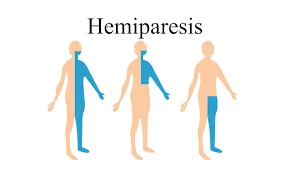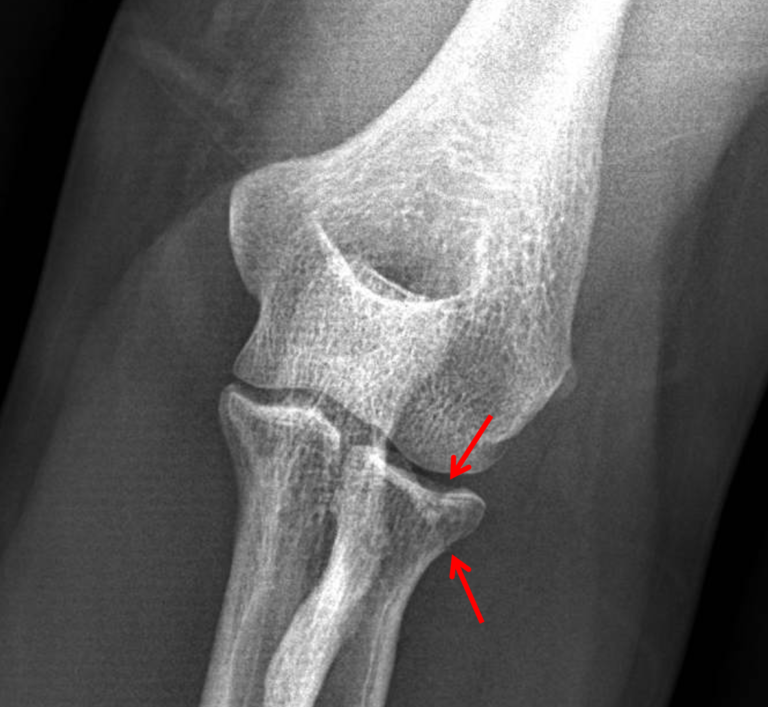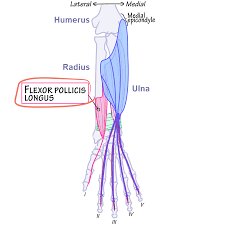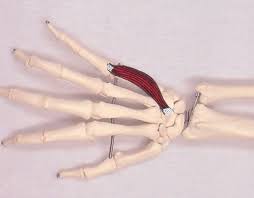Hemiparesis
What Is Hemiparesis? Hemiparesis is a common after-effect of Brain related conditions such as stroke that causes weakness on one side of the body. This one-sided weakness can restrict your movement and affect all day-to-day activities, such as walking, sitting, standing, dressing, eating, and Bathing. People often confuse hemiparesis and hemiplegia. Both conditions occur as…








